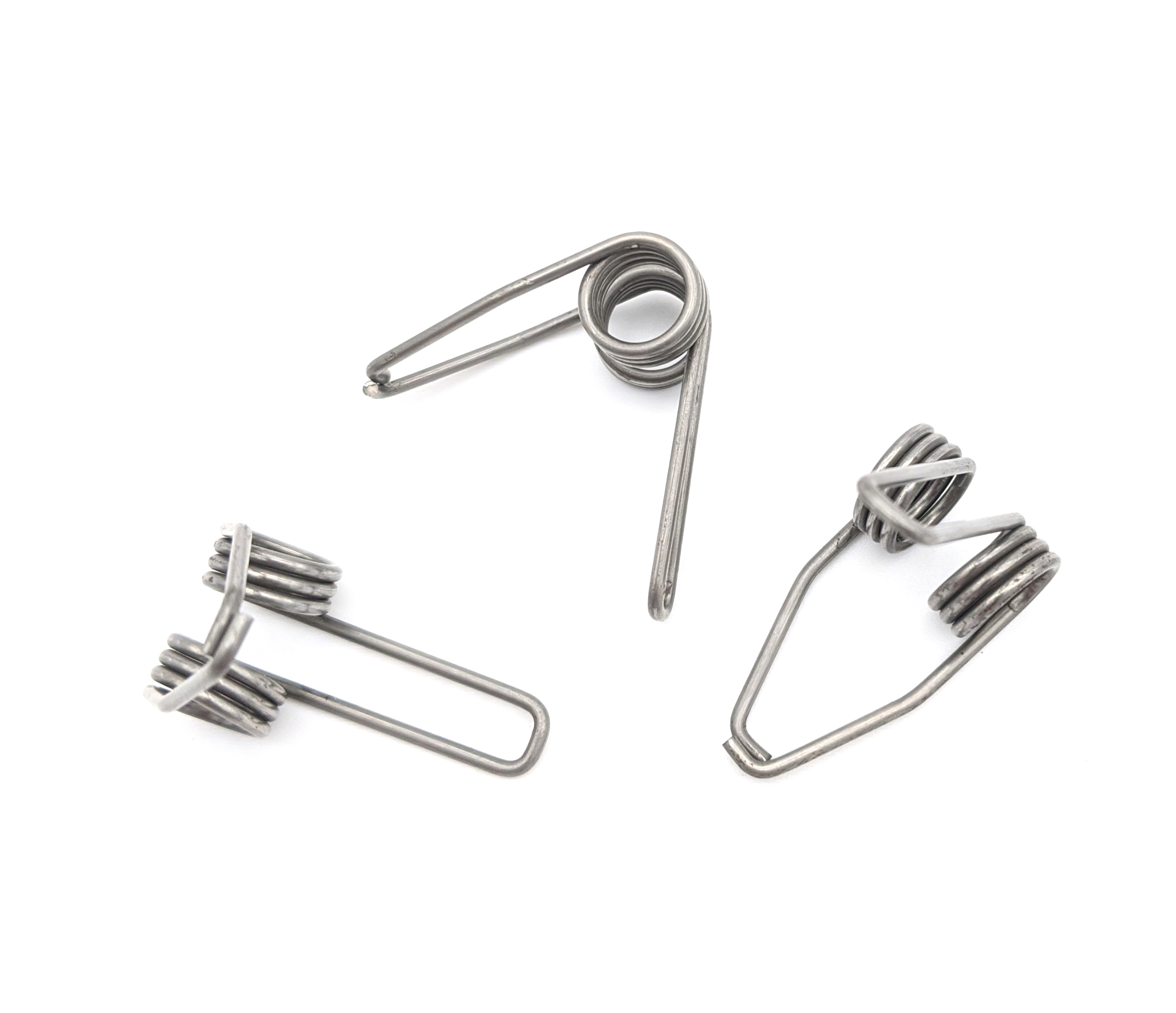Get unique, complex parts easily. No matter your requirements, Chaoyi Spring creates hard-to-produce coil springs and wire forms.
Let us help you create the custom wire form you need, from S-hooks and J-hooks to utility hooks and more.
We work closely with customers across a wide range of industries, helping them design and manufacture made-to-order parts.
Why choose Chaoyi Spring? We prioritize customer-focused collaboration, modern equipment and the latest technology to make your parts per print.
Find the information and guidance you need, from measuring a spring to learning about materials, placing an order and much more.
Torsion springs, unlike their compression and extension counterparts, work by twisting. They store energy when twisted and release it as torque, making them essential components in various applications ranging from


Torsion springs, unlike their compression and extension counterparts, work by twisting. They store energy when twisted and release it as torque, making them essential components in various applications ranging from simple door hinges to complex mechanical systems. This article delves into the world of torsion springs, exploring their workings, types, and applications, providing a comprehensive guide to this fascinating and versatile type of spring.

Torsion springs, also known as twisting springs, are a type of mechanical spring designed to resist twisting forces or torque. They are typically made from a coiled wire that stores energy when twisted and releases it as torque when allowed to unwind. Imagine a spring you twist with your fingers, and the spring will try to return to its original position. That's essentially how torsion springs work.
Unlike compression or extension springs that resist linear forces, torsion springs resist rotational forces. This unique characteristic makes them incredibly versatile for various applications where controlled rotational movement is needed. They are used in a vast array of applications, from simple door hinges to complex automotive suspension systems.
The core principle of torsion springs is the elastic deformation of the spring material. When a torsion spring is twisted, the coiled wire undergoes a change in its shape, storing potential energy. This stored energy is released as torque when the twisting force is removed, causing the spring to unwind back to its original position.
The amount of torque a torsion spring produces is directly proportional to the angle through which it is twisted. This relationship is known as the spring's rate, which is typically expressed in units of torque per angle, such as inch-pounds per degree or Newton-meters per radian.
Torsion springs come in various shapes and sizes, each designed for specific applications. Here are some common types:
Torsion springs are found in a wide range of applications across various industries. Some common examples include:
Selecting the correct torsion spring for your application is crucial for its proper functionality and longevity. Here are some factors to consider:
Torsion springs are ubiquitous in our daily lives, quietly playing a vital role in countless applications. By understanding their principles of operation, types, and applications, you can appreciate the importance of these fascinating and versatile mechanical components. Whether you're building a door hinge or a complex mechanical system, choosing the right torsion spring is crucial for ensuring smooth and efficient operation.
From the simple twist of a door hinge to the complex suspension systems of cars, torsion springs are essential for a wide range of applications. As we continue to rely on mechanical systems for various tasks, the role of torsion springs will undoubtedly continue to grow, making their understanding even more crucial for anyone involved in engineering, design, or maintenance.
Browse some of the custom wire forms and springs that we manufacture. Don’t see what you need? We specialize in made-to-order products that meet your application requirements.
Visit Our GalleryNeed a custom wire form or coil spring? We make it work. Fill out the contact form and a representative will respond within 1 business day. If you have a PDF or CAD file, you can submit to request a quote.